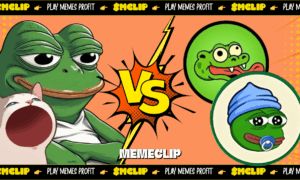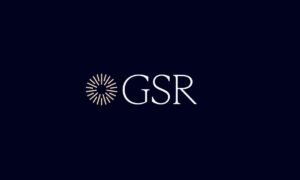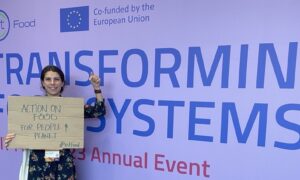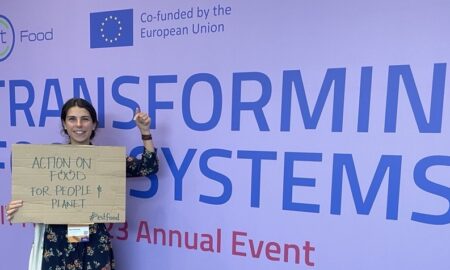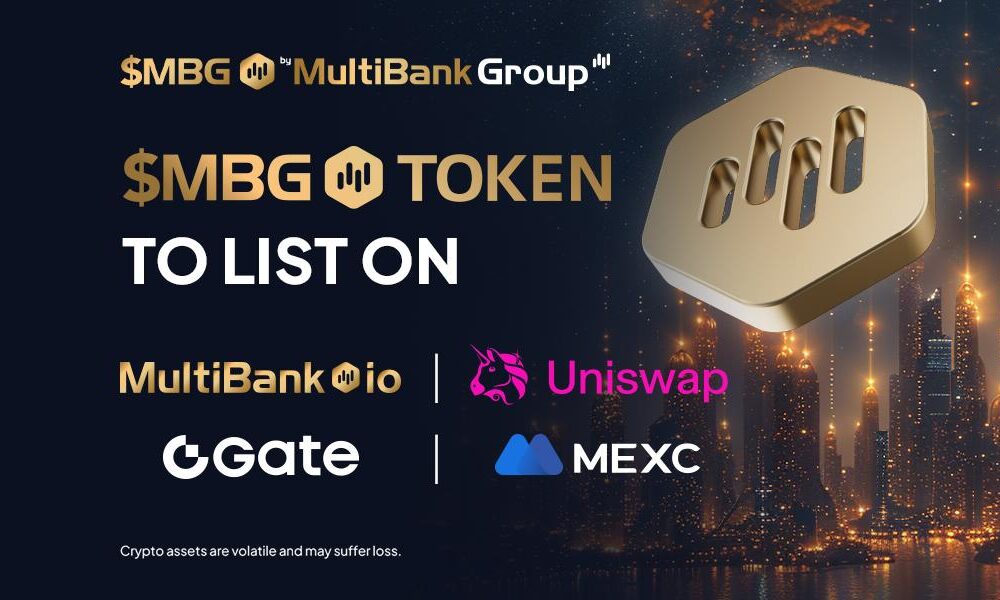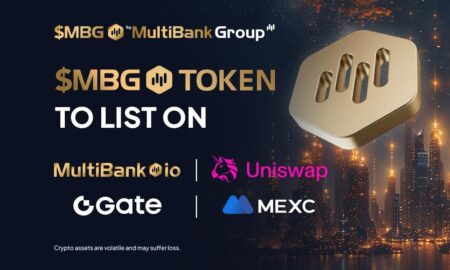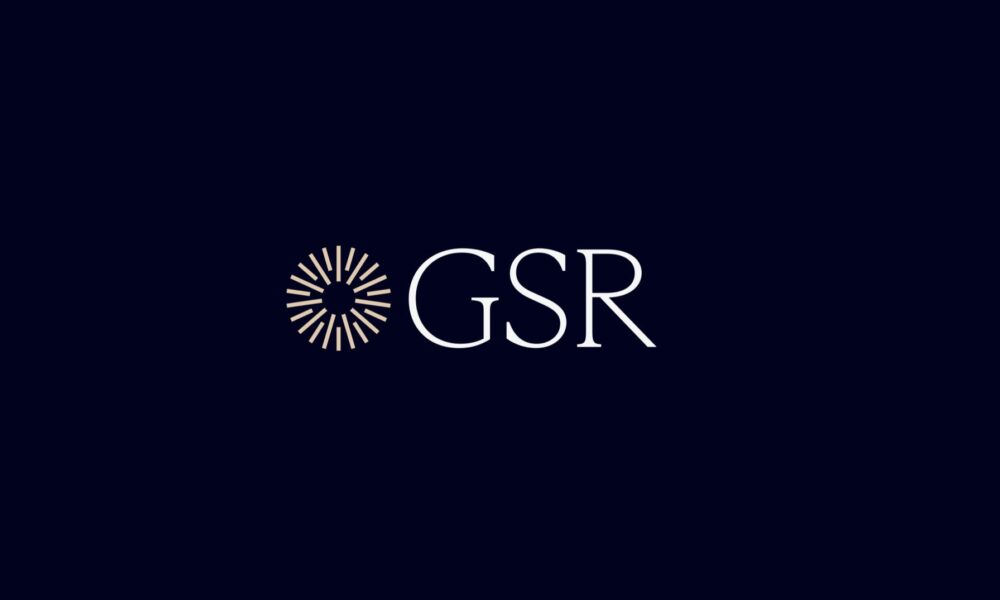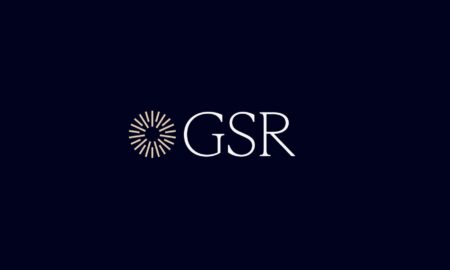Understanding your rights as a consumer is more critical than ever. Financial rights education platforms have emerged as vital tools to bridge the gap between complex regulations and everyday financial decisions. These platforms empower individuals with knowledge about consumer protections, helping them navigate banking, credit, loans, and more with confidence. But what exactly do these platforms offer, and how do they ensure you’re safeguarded against exploitation? Let’s dive into the world of financial rights education and uncover how it protects you.
What Are Financial Rights Education Platforms?
Financial rights education platforms are online or community-based resources designed to educate consumers about their legal and financial entitlements. They break down intricate laws, such as the Fair Credit Reporting Act (FCRA) or the Truth in Lending Act (TILA), into digestible information. For instance, these platforms might explain how to dispute errors on your credit report or recognize predatory lending practices.
Moreover, these tools often provide interactive modules, webinars, and downloadable guides to cater to diverse learning styles. By simplifying legal jargon, they ensure that even those without a finance background can grasp their rights. The goal is straightforward: equip consumers with the knowledge to advocate for themselves in an often opaque financial system.
Why Consumer Protections Matter in Finance
Consumer protections exist to prevent unfair practices and promote transparency in financial transactions. Without these safeguards, individuals could fall victim to hidden fees, discriminatory lending, or identity theft. For example, the Consumer Financial Protection Bureau (CFPB) enforces rules that require lenders to disclose loan terms clearly. Such regulations ensure you’re not blindsided by sudden interest rate hikes or unclear repayment conditions.
Additionally, protections like the Equal Credit Opportunity Act (ECOA) prohibit discrimination based on race, gender, or religion during credit evaluations. These laws level the playing field, but their effectiveness hinges on public awareness. This is where financial education platforms step in—translating legal rights into actionable steps.
Key Consumer Protections You Should Know
While numerous protections exist, a few are particularly impactful for everyday financial health:
Right to Accurate Credit Reporting:
Under the FCRA, you can dispute inaccuracies on your credit report and demand corrections. Education platforms often guide users through this process, emphasizing deadlines and documentation.
Protection Against Fraud:
Laws like the Electronic Fund Transfer Act (EFTA) limit your liability for unauthorized transactions if reported promptly. Learning to monitor accounts and spot fraud early is a common focus area.
Transparency in Lending:
The TILA mandates that lenders disclose loan costs upfront, including interest rates and fees. Platforms teach users how to compare offers and identify red flags.
Debt Collection Fairness:
The Fair Debt Collection Practices Act (FDCPA) bans harassment by debt collectors. Education resources explain how to communicate with collectors while asserting your rights.
Understanding these protections not only prevents financial harm but also fosters trust in the system.
How Financial Education Platforms Promote Awareness
Financial rights platforms employ multiple strategies to amplify consumer knowledge. For starters, they often collaborate with legal experts and nonprofits to ensure content accuracy. Interactive tools, such as loan calculators or budgeting templates, help users apply concepts in real time. Case studies and scenario-based learning further demystify complex topics.
Furthermore, many platforms prioritize accessibility. They offer multilingual resources, mobile-friendly interfaces, and free workshops for underserved communities. By meeting people where they are—both online and offline—these platforms break down barriers to financial literacy.
Steps to Leverage Financial Rights Education Effectively
Merely knowing about these platforms isn’t enough; active engagement is key. Here’s how to make the most of them:
- Identify Reputable Sources: Stick to government-backed sites (e.g., CFPB, FTC) or accredited nonprofits. Avoid platforms pushing products instead of education.
- Set Learning Goals: Focus on one topic at a time, like improving credit scores or understanding mortgage terms. This prevents overwhelm.
- Apply Knowledge Proactively: Use checklists or templates provided by platforms to dispute errors, negotiate debts, or report violations.
- Stay Updated: Laws evolve, so subscribe to newsletters or follow trusted social media accounts for real-time updates.
By taking these steps, you transform theoretical knowledge into practical, life-changing habits.
Challenges Facing Financial Rights Education
Despite their value, these platforms face hurdles. For one, misinformation spreads rapidly online, making it hard for users to distinguish credible sources from scams. Additionally, low financial literacy rates in certain demographics hinder outreach efforts. Cultural stigmas around debt or banking can also discourage people from seeking help.
Another issue is the digital divide. While online platforms are cost-effective, they exclude those without reliable internet access. To address this, some organizations partner with libraries or community centers to offer in-person support.
The Prospect of Consumer Financial Education
Looking ahead, technology will play a pivotal role in scaling financial rights education. Artificial intelligence (AI) chatbots, for instance, could provide personalized advice instantly. Gamification—think quizzes or reward systems—might engage younger audiences. Meanwhile, policymakers are pushing for mandatory financial literacy programs in schools, ensuring future generations start their financial journeys informed.
Collaboration between governments, fintech companies, and educators will likely expand access. Imagine a world where every consumer knows how to spot a scam, negotiate fair terms, and build credit responsibly. Financial education platforms are the bridge to that reality.
Conclusion
Financial rights education platforms are more than just information hubs—they’re catalysts for economic empowerment. By understanding consumer protections, you gain the tools to challenge unfair practices and make informed decisions. Whether you’re recovering from debt, building credit, or planning for retirement, these resources ensure you’re never alone in your financial journey.




